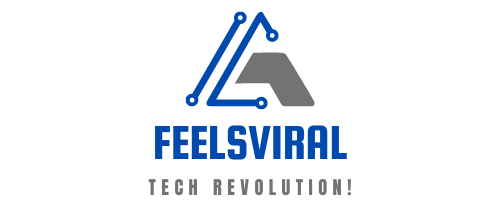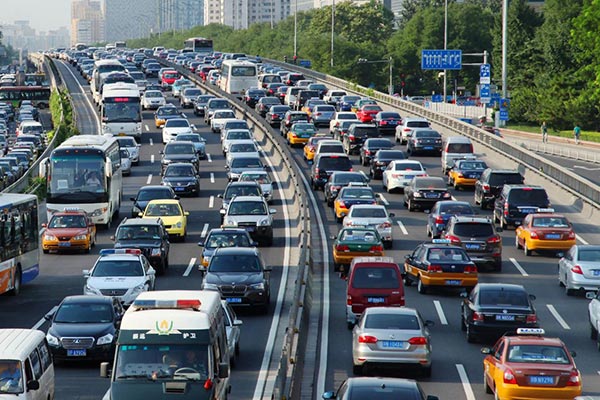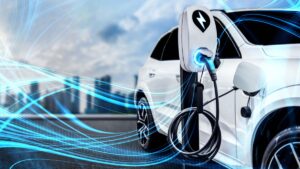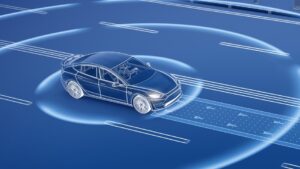New concepts in public transport are changing the way cities operate, making them more efficient, environmentally friendly, and liveable. As cities continue to grow and change, they need more effective and future-proof transport solutions than ever before. From new technologies to better ways to get around, these innovations are transforming cities, making them more connected, less harmful to the environment, and better places to live and work.
1. The Rise of Smart Public Transit Systems
The creation of intelligent transport systems is one of the most significant changes in public transport. These systems use technology to find the best routes, manage traffic, and improve the overall quality of service. Real-time tracking of buses and trains is part of smart transport solutions, giving passengers accurate information about when their journey will arrive and if there will be any service interruptions. This level of openness creates a better experience for users, making public transport more reliable and user-friendly.
Intelligent transport systems also combine information from different sources to better manage traffic and alleviate congestion. These systems can change the number of services and routes to better meet the needs of commuters by looking at patterns and guessing demand. This approach not only makes public transportation run better but also helps manage traffic on city streets.
2. Electric and Hybrid Public Transit Vehicles
The transition to electric and hybrid public vehicles is another step forward in greening cities. Cities around the world are increasingly switching to electric buses and trains as a cleaner alternative to diesel-powered vehicles. The tailpipes of these electric vehicles do not produce any pollution, making cities healthier and significantly reducing air pollution.
Hybrid cars, which have both a gasoline engine and an electric motor, are one way to make the transition, saving fuel and reducing pollution. As battery technology advances, electric and hybrid public transportation will become more useful and affordable. By adding these vehicles to public transportation, cities can achieve their sustainability goals and clean the air.
3. Self-Driven Public Transportation
Public transportation is beginning to use self-driving cars, which could lead to a future where buses and shuttles are commonplace. These cars navigate city streets without any help from anyone, thanks to advanced sensors, cameras, and artificial intelligence. When public transportation becomes autonomous, it can make routes safer, reduce costs, and perform better.
In particular, many cities are using self-driving shuttles to provide first- and last-mile connectivity, connecting communities to major transportation hubs. Self-driving shuttles can help more people use public transportation and make transportation more convenient and flexible, reducing the need for personal vehicles.
4. Better Accessibility and Adoption
Improvements to public transportation are also intended to make the city easier for everyone to travel and use. Modern transportation systems are built with features that are accessible to people with disabilities, such as low-floor buses, audiovisual broadcasts, and easily accessible stations. These changes ensure that everyone, regardless of physical ability, can use public transportation.
In addition, inclusive transportation solutions seek to ensure that everyone has equal access to transportation services in underserved areas. Many cities are adding more bus lines and service options to help connect low-income areas to key places like job centers and medical facilities. Cities can help all residents become more socially integrated and gain greater economic opportunity by focusing on transportation equity.
5. Combine Different Types of Transportation
Intermodal transportation is when different types of transportation work together smoothly to make trips more complete and faster. New public transportation ideas make it easier to build systems that connect buses, trains, bikes, and ridesharing. This approach allows people to easily switch between different types of transportation, making transportation networks more flexible and useful.
For example, public transportation and bike-sharing programs often work together, allowing people to pick up a bike at a transit station and ride to their final destination. Similarly, ride-sharing services can help public transportation by connecting people on the last mile or to places beyond the reach of regular transportation routes. By combining these different types of transportation, the system can work better overall and people can move more easily around the city.
6. Sustainable Infrastructure and Urban Planning
New concepts in public transportation have also had an impact on the design and infrastructure of cities. Cities are investing more money in transit-oriented development, which aims to make neighborhoods around transit hubs more active and walkable. By making transit more user-friendly and convenient, this approach reduces the need for people to drive their cars.
Transit-oriented development includes things like pedestrian-friendly streets, mixed-use buildings, and better cycling infrastructure. Cities can encourage sustainable transportation and make communities better places to live by planning urban spaces that prioritize public and active transportation.
7. New Ideas for Future Public Transportation
As cities continue to change, the future of public transportation may bring more disruptive ideas. By incorporating new technologies, such as artificial intelligence (AI) and the Internet of Things (IoT), transportation systems will function better and more efficiently. A focus on sustainability and environmental responsibility will also lead to new green technologies and ways of doing things.
Public transportation is constantly changing, and this is transforming cities, making them better connected, less damaging to the environment, and generally better places to live. As these innovations are refined, they will become important in making the cities of the future more sustainable, efficient, and comfortable.
FAQs
1. What is Smart Public Transportation?
Smart public transportation systems use advanced technology to make transportation services more reliable and efficient. These systems use real-time tracking, data analytics, and automated management to find the best routes, increase service volumes, and provide passengers with the right information. Intelligent transportation systems help reduce traffic flow, increase operational efficiency, and improve the overall user experience by combining different technologies.
2. How can hybrid and electric vehicles help cities?
Electric and hybrid public vehicles offer many benefits, such as lower costs, better air quality, and reduced greenhouse gas emissions. Electric trains and buses do not emit any pollution into the air, which means they can help cities meet environmental goals and combat air pollution. Hybrid cars use less gasoline and emit less pollution because they have both a gasoline engine and an electric motor. Using these vehicles helps make urban transportation cleaner and more environmentally friendly.
3. What are autonomous public vehicles and how do they work?
Autonomous public vehicles are vehicles that can drive themselves and do not require human assistance. They use cameras, sensors, and artificial intelligence to navigate the streets, avoid obstacles, and decide what to do while driving. These vehicles are designed to make things safer, reduce costs, and increase route efficiency. Self-driving shuttles and buses can provide flexible, on-demand services, making it easier to connect to public transport networks.
4. How can new ideas make public transport more accessible for everyone?
Low-floor buses, accessible stations, and audiovisual broadcasting are some of the new features of public transport that make it more accessible to people with disabilities. These changes will allow people with disabilities and reduced mobility to use public transport. Adding more bus routes to underserved areas will also ensure that everyone has equal access to transport services, promoting economic opportunity and social inclusion.
5. What is intermodal transport? How does it help people move around the city?
Integrating different modes of transport, such as buses, trains, bicycles, and ride-sharing, into intermodal transport makes travel easier. Multimodal systems make it easier for people to switch between modes of transport, improving connectivity and flexibility. This approach could help people become less dependent on their cars, relieve traffic pressure, and support more sustainable transport in cities.




